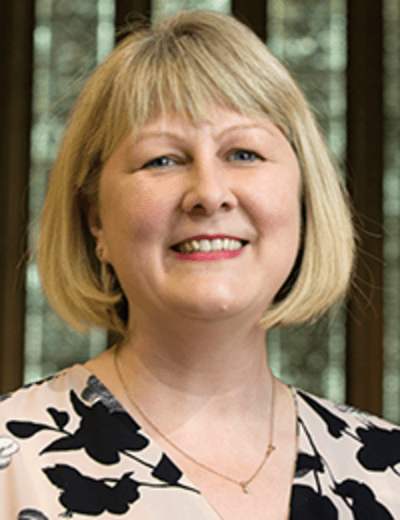
‘With such an extensive and challenging restoration project, the heritage skills of all crafts will be required, and they could be assisted by the available technology.’ Rebecca Thompson
Digital technology and a recent laser scan can help the cathedral’s daunting renovation challenge, says Rebecca Thompson, CIOB past president and heritage specialist.
It is with great sadness that I watched the devastating fire unfold at Notre Dame in Paris, but a great joy to see how people unite during such challenging times.
The custodians of Notre Dame have some tremendous challenges ahead, but already we are seeing a generous response to this tragic fire. I was pleased to read of the laser scan of Notre Dame carried out by the late Professor Andrew Tallon of Vassar College in New York.
The intention of the laser scan would have been to record the condition of the building, possibly to record movement, to assist with maintenance and restoration schedules and with the archaeological recording and building pathology. I don’t imagine the scan was expected to play a huge part in disaster recovery although it may be able to play a hugely positive and influential role in the proposed restoration works.
Surprisingly, few historic buildings have detailed construction plans, even historic scale drawings showing plans and elevations, so the laser scan will enable the project planning and evaluation of the damage in a way that historic drawings can’t.
Laser scans can be linked to GPS and so provide extensive information in a point cloud format, enabling the software user to ‘fly’ through the building and view it from all angles.
With such an extensive and challenging restoration project, the heritage skills of all crafts will be required, and they could be assisted by the available technology. The laser scan may link to CNC cutting machines for timber and stone replacement, which may assist the setting out and cutting of new materials.
The digital imagery also enables communication and coordination of all the services required within a cathedral including power and lighting, alarm systems, lightning protection, sound systems etc.
There is an opportunity for the next generation of heritage professionals to watch this restoration project and understand the significance of this beautiful structure, specifically its importance in the international community.
The custodians will require time to recover before starting this enormous task, but our prayers and professional skills are with them.
Rebecca Thompson is a past president of the Chartered Institute of Building and founder of her own heritage consultancy















